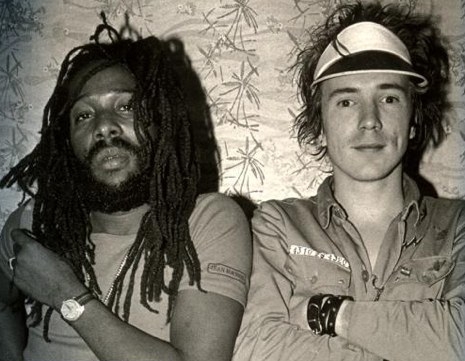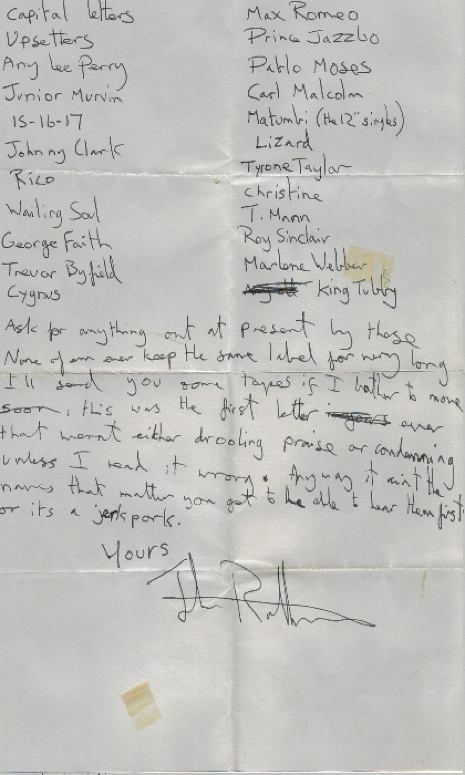
In the summer of 2004—much to my beautiful and patient wife’s annoyance and consternation—I went through a HUGE “reggae phase.” I could not get enough of the classic 70s roots reggae sound and I absolutely gorged myself on it. But within this gluttonous, bass-heavy musical feast, that year and the year following, the artist I listened to the most was Manley Augustus Buchanan better known as Big Youth. I played Big Youth obsessively. His music was deep, scary and DREAD and was exactly the sound I was looking for in the genre.
Big Youth was a “toaster” or “DJ” who would basically rhyme and rap over records during the large outdoor Jamaican dance parties that used to be known as “sounds.” Taking his cue from U Roy, who was more or less the first DJ (or at least the genre’s first star), Big Youth would chat, chant, sort of sing and just bullshit on the mike, offering humor, politics and heady doses of Rasta spirituality. I was transfixed by Big Youth’s voice, subject matter and… just the whole image he projected of a wise God-loving and yet sexy ghetto preacher. The guy was incredible! Why didn’t the whole world know about him? Why wasn’t this guy acclaimed as a musical genius? He was the coolest motherfucker I’d ever heard of.
 I blasted his music so loud and so often, that our next door neighbors—who were from Jamaica—must’ve thought I was one seriously eccentric middle-aged white guy, but at least I had good taste in music.
I blasted his music so loud and so often, that our next door neighbors—who were from Jamaica—must’ve thought I was one seriously eccentric middle-aged white guy, but at least I had good taste in music.
Big Youth was Bob Marley’s favorite musician in Jamaica and he praised Jah Youth in many interviews during the 70s. Marley actually copped quite a bit from Big Youth, not the least being his clothes, his dreadlocks—Big Youth was the first Jamaican musician of any note to flash his dreads onstage as followers of Rastafari were still semi-social outcasts even then—and even his use of the words “Natty” and “Dread” in his lyrics. Yes, it’s a historical fact that Bob Marley stole a bit of his swagger from Jah Youth (who seemed mildly pissed off about this in several 70s vintage articles I’ve read).
But as any reggae fanatic can tell you, during the classic roots era of the 70s, there were very, very few film or video cameras floating around the Kingston ghettos. Unless it was a part of Bob Marley’s scene, the era, aside from photographs, remains more or less unrecorded. There are some quite good documentaries on Jamaica music, but they can be counted on one hand. So it was very exciting to discover this brief but amazing B&W video clip of Jah Youth during his prime. I’ve searched for Big Youth clips from his 70s peak on YouTube for years and come up empty-handed until now. Even if it is under two minutes, it’s still Big Youth and it fucking slays.








